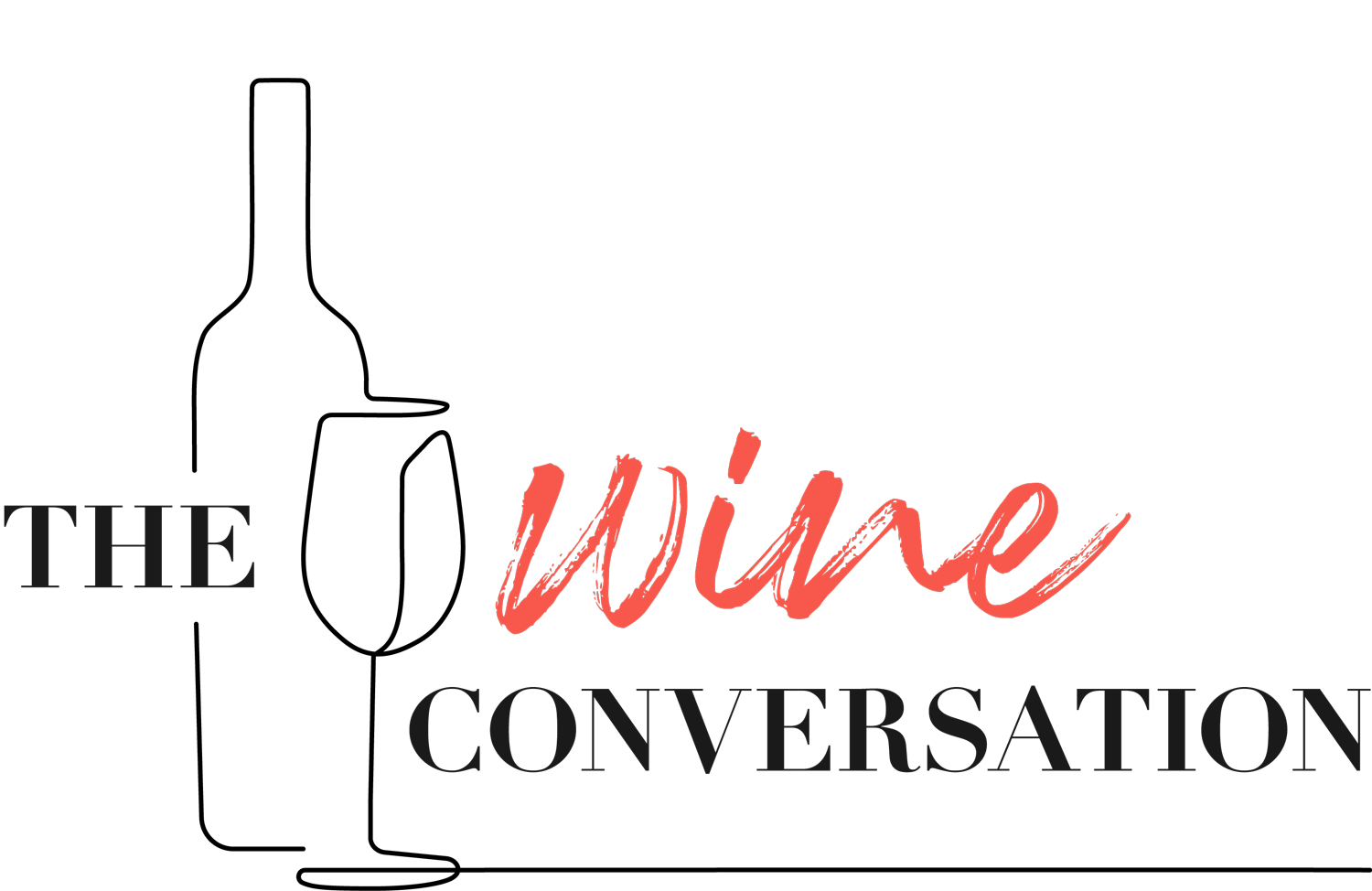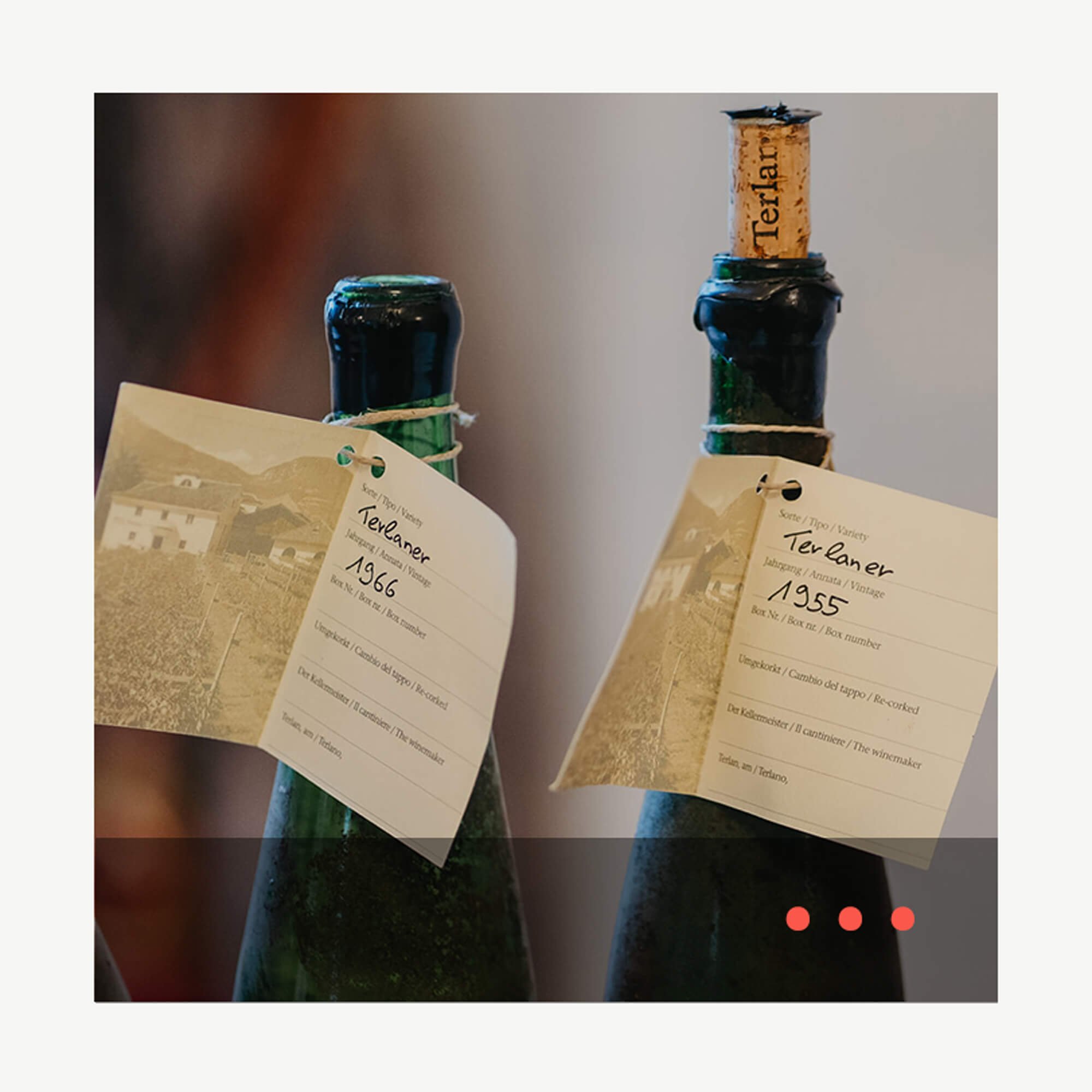✒ Wine on Film
Now that streaming offers us a seemingly endless buffet of movies and TV shows, it seems every taste can be catered for, including gastronomy.
From the noodle nuttiness of Japan’s Tampopo to China’s sweet Eat Drink Man Woman, the gemutlicht German comedy of Mostly Martha, the witty build-up to Big Night, to the glorious sumptuousness of Babette’s Feast and the family fun of Ratatouille, to offbeat subplots and goofy moments in many movies, there’s a real bounty for foodies.
Mostly missing from the banquet, however, is a taste of something for wine lovers—there’s hardly a decent vintage. The grand exception, of course, is Sideways, the glorious ode to Pinot Noir, as cheery, sad, and ultimately rewarding as that fickle grape can often be. There’s also Uncorked, a rather sweet, though a bit sentimental, new movie, about an aspiring sommelier, a young black man who overcomes some long odds against him; it’s a quest, sometimes quite funny, and touching.
Otherwise, there’s not much. Granted, making wine doesn’t offer the same visual possibilities as cooking dinner, but the record’s still abysmal: This Earth is Mine, adapted from a 1942 novel that featured casual racism and a plot involving bootleggers, was filmed in the Napa Valley, and features Rock Hudson attempting to seduce Jean Simmons by giving her a winemaking lecture in a cellar (unsurprisingly, it doesn’t work); the New York Times said “the grapes stole the show.” A Good Year starring Russell Crowe as a hard-driving stockbroker who inherits a vineyard in Provence and becomes a better person thanks to winemaking and romantic comedy, turned out distinctly non-vintage. Probably the most gruesome is Terroir, wherein “a Tuscan wine merchant is drawn into an earth-worshipping sex cult.” There is quite a bit of grim wine talk before the more grisly bits. The bottom of the barrel, though, is surely Bottle Shock, which purports to tell the story of the 1976 Paris tasting, with a rather wooden Alan Rickman as Steven Spurrier, and a grotesquely loony reworking of the true story and wine’s reality that feels almost like juvenile satire. A handful of others, which disappeared without leaving much of a trace, are mostly notable for the scenery.
Other than that, wine’s sidelined, an accessory. The only bit with any impact was in Federico Fellini’s Juliet of the Spirits, with a romantic scene featuring a recipe and demonstration of making sangria; that was in1965, and sales of Rioja (and citrus fruit) went up, elbowing Mateus and Lancer’s rosé aside in some chic urban households. (The movie, however, isn’t as sprightly.)
Documentaries are a better opportunity, though there are hazards there, too: the notorious Mondovino still lurks in the archive, like a troll under a bridge, Somm may be soporific for non-pros, and A Year in Burgundy may feel longer, even for Pinot Noir fans. However, Red Obsession, exploring Bordeaux’s relationship with China, while slightly dated, is still an intriguing cautionary tale, and Sour Grapes, the story of a major wine fraud, has some of the ironic crispness of a heist movie.
In the end, the best bet is something of a resurrection: Hugh Johnson’s Vintage: A History of Wine, one of the best TV documentaries on any subject and mystifyingly unavailable anywhere for years, has been revived on YouTube, its 13 episodes re-edited with introductions by Johnson, as genially informative as ever, proving again that wine can be fascinating on film, if backed with imagination.
Brian St Pierre has written about film for The New York Times, San Francisco Chronicle and LA Style.







Sarah Kemp attends a vertical of Gravner, the father of the modern orange wine movement, and asks “are classical wine lovers missing out?”